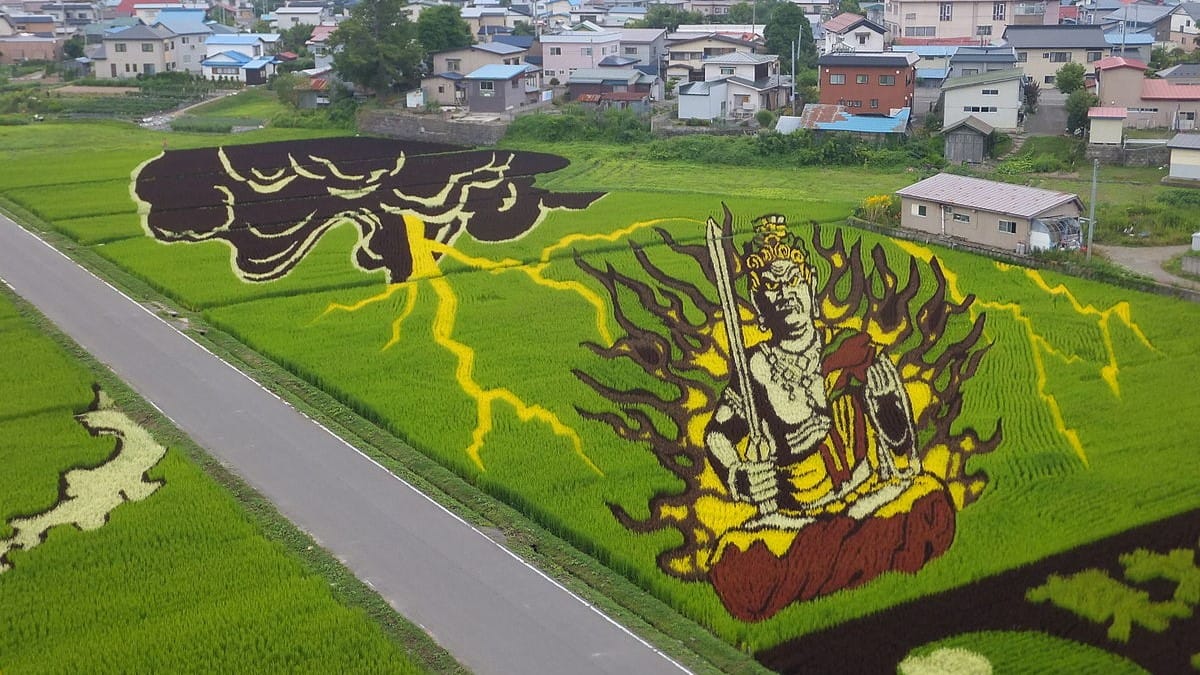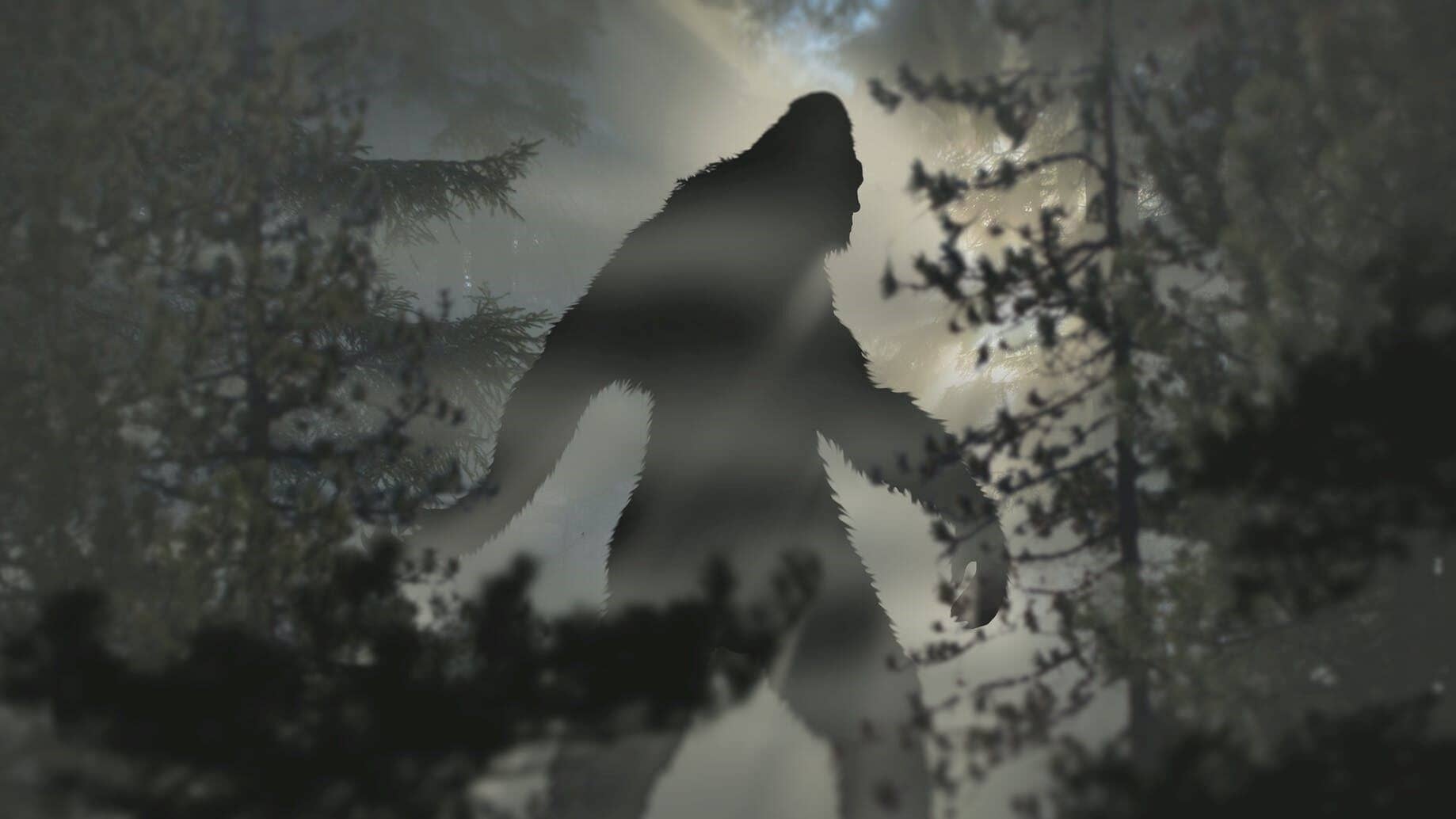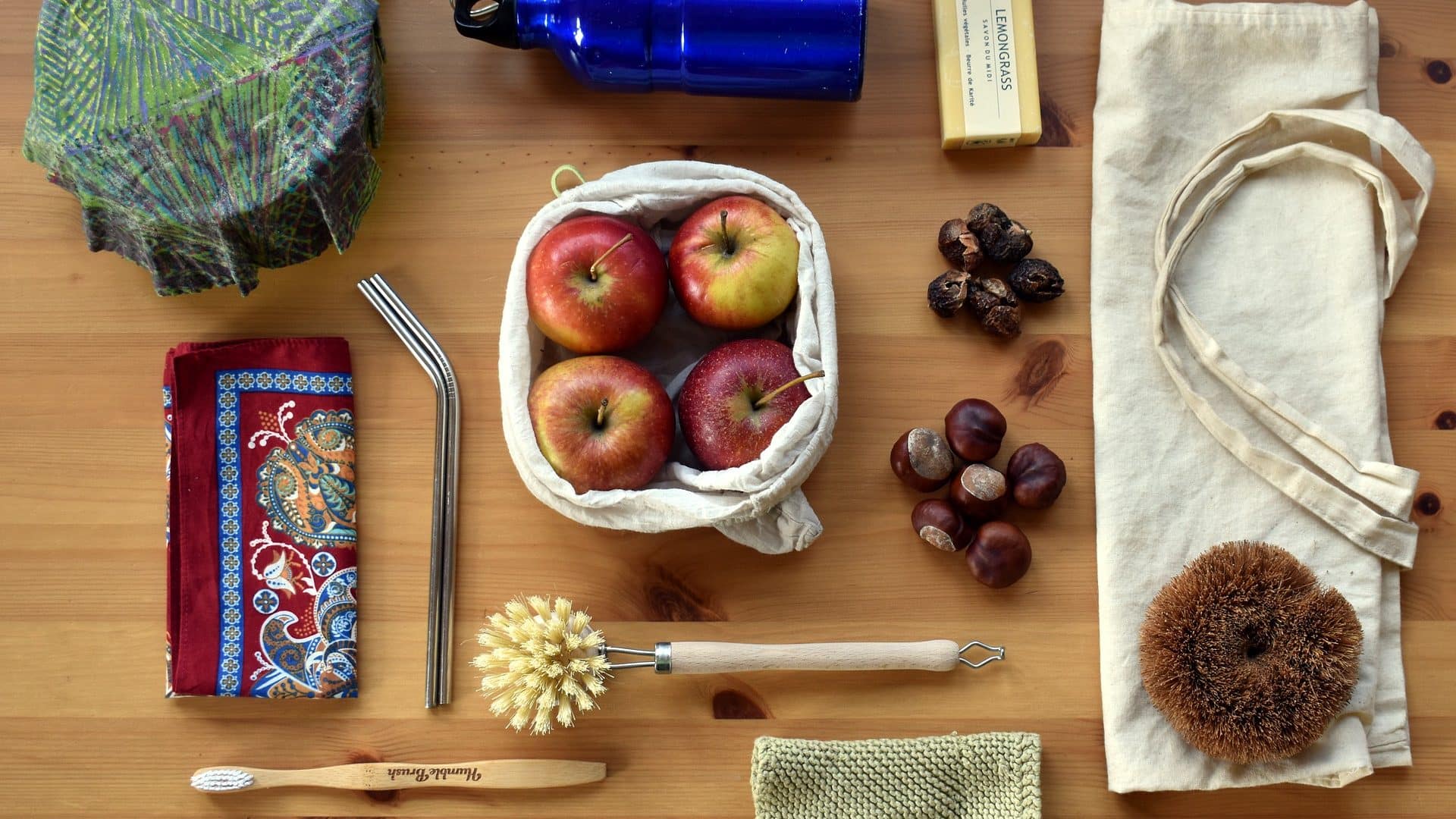Each year the town of Inakadate, Japan is flooded with tourists who come to see something incredibly special: their annual murals. What’s so special about these murals? They aren’t sketched or painted on a wall, they are planted in epic proportions in the town’s rice paddies. These massive starchy masterpieces aren’t just breathtaking. Over the past three decades, they have revived a once struggling town!
The journey of these murals begin with the planting, and as all plants do, take months to grow. That means these works of art come with a tinge of nail-biting following the planting, with the anticipation of if they’ll actually turn out as intended. And somehow, they always do! Here’s the story of the wonderful rice plains that saved this Japanese town.

Source: Wikimedia Commons
The sweet, small Japanese Village of Inakadate, situated at the top of Japan’s largest island, Honshu, is home to 7,766 people.s. In the 1990s, it was struggling to bring tourism to the area. A small farming area with little to see, Inakadate was facing the same problem as much of rural Japan: a shrinking population. 1
Many younger individuals in rural areas of Japan were leaving to find work in cities, and of those who remained, many were deciding not to have children. In addition, Inakadate faced significant debt. A plan to lure tourists with an amusement park based on New Stone Age history failed to draw crowds, and had led to US$106 million in debt. 2
Then came a brilliant idea: to save the town by making something out of what they were already doing. Students were already planting purple and yellow rice by hand in a striped pattern… why not turn these patterns into words and pictures? And so, instead of planting the normal way, from then on they created stunning and colorful images, all out of rice.
But how are these made?
From Japanese cultural depictions like samurai and Hokusai’s famous woodcut; to famous artworks like the Mona Lisa and actors like Marylin Monroe; to pop culture icons such as anime characters, Godzilla, or Star Wars’ C3P0 and R2D2; rice paddy art (called Tanbo Art in Japanese 3) is created from seven kinds of different colored rice plants. Each year, village officials hold a conference to decide the designs for the following year. They then create virtual mockups, and invite local art teachers to make detailed drawings of the concepts.
Then, officials go to the field and set out markers and posts to indicate to their hundreds of volunteers which rice plants to use to get the correct color. From start to finish—design to planting—the process each year takes about three months. The theme is decided a year before planting begins the following May, and by summer, the creation can be viewed in full bloom from the observatory tower. Viewing is possible from mid-June to early October, but the best time to see the wonder is in July, when the colors of the rice strains are their most vibrant. 4 Last, the rice is harvested from early to mid-September.
In 2017 alone, there were 1,300 participants who turned out to create the art, including those local art teachers, students, city planners, and more. In a town of less than 8,000, that is a lot of enthusiasm for the project, and it’s necessary – covering 15,000 square meters with seedlings is a lot of work.
Over the years, as the members of the village and creators of the designs have gained more experience, designs have become more intricate and imaginative. The first design in 1993, using three different types of rice and three different colors, was of Mount Iwaki (a local mountain) with the name of the village below it. Every year since, the designs have become more complicated and more colorful – the village now uses 13 types of rice and 7 different colors. 5
The magic of this creative solution to a struggling village is in the seasonal nature: each year, the designs change. Which means each year, people from all over the country and the world travel to see the new pieces, and the economy of Inakadate has grown to thrive. From Tokyo to Osaka, the whole country knows Inakadate as the village with the rice paddy art. And today, much of the rest of the world does too.
You really have to see it to believe it. So to take a look at these marvels of human creativity and take a virtual walk through these fields of art, here’s a feature from one of our favorite creators, Great Big Story.
For more amazing work from Great Big Story, check out their YouTube channel!
Inakadate has seen such a surge in tourism due to this feat of creativity. Between the admission revenue, the food, souvenirs, and the people coming to stay, Inadakate is doing much better now. At its height, “2016’s Godzilla rice field attracted 340,000 visitors” 7 in one year.
Multiple decades of the town’s dedication has made this obscure village internationally known, achieving a truly remarkable feat.
“Creativity is seeing what others see and thinking what no one else ever thought.”
Albert Einstein
What state would the town be in had a few officials not thought outside of the box—or in this case, the field—and created something beloved by the whole world? Their creativity is a lesson to us all, that often when we think big, the world will embrace new ideas with open arms and reward them handily.
For more examples of the incredible things that can happen when we think outside the box, check out these articles from our library!
Creative Growth Art Center: Where Artists with Disabilities Thrive
Creative Growth is a space where artists can hone their crafts, express themselves, and share their work with the public. This is one nonprofit making us rethink where our community focus actually is.
Read Article Watch Video Listen to PodcastMushrooms Could Start Replacing Leather, Bacon, and Styrofoam in the Next 5 Years
Have you ever tasted bacon made of fungi? Received a package cushioned by mushrooms? My guess is not yet… but probably soon! New York-based company Ecovative has created an alternative to plastic, which can save water, time, money, and the planet, too!
Read Article Watch Video Listen to PodcastMatching What You Love with What You Do: Fake Movie Food Artists Show Us How
Think your talents are too random to be useful? Think again! Connect the dots between your unique talents, priorities, and life experiences, so you can find your true niche in life by taking advice from these fake movie food artists!
Read Article Watch Video Listen to Podcast- Ellen

Don’t miss out on a single article!
Enjoy unlimited access to over 500 articles & podcast that give you a positive perspective on the state of the world and show you practical ways you can help.
Notes:
- Selena Takigawa Hoy. “The Epic Landscape Art of Tiny Inakadate, Japan.” Atlas Obscura, Atlas Obscura, 27 Aug. 2021, www.atlasobscura.com/articles/rice-art-japan-inakadate. Accessed 18 Aug. 2022. ↩
- “Mathkind | Japan.” Mathkind, 5 Jan. 2022, mathkind.org/global-math-stories/japan/. Accessed 18 Aug. 2022. ↩
- “Inakadate Japan: This Rural Japanese Village Grows Epic Rice Field Art to Attract Tourists! | LIVE JAPAN Travel Guide.” LIVE JAPAN, 2020, livejapan.com/en/in-tohoku/in-pref-aomori/in-aomori-suburbs/article-a3000112/. Accessed 18 Aug. 2022. ↩
- Cole, Margherita. “This Japanese Village Creates Massive Rice Paddy Art Every Year.” My Modern Met, 14 Sept. 2021, mymodernmet.com/inakadate-village-rice-paddy-art/. Accessed 18 Aug. 2022. ↩
- “Inakadate Japan: This Rural Japanese Village Grows Epic Rice Field Art to Attract Tourists! | LIVE JAPAN Travel Guide.” LIVE JAPAN, 2020, livejapan.com/en/in-tohoku/in-pref-aomori/in-aomori-suburbs/article-a3000112/. Accessed 18 Aug. 2022. ↩
- Great Big Story. “These Murals Were Grown from Rice.” YouTube, 25 Sept. 2017, www.youtube.com/watch?v=o2_Li7tntE4. Accessed 18 Aug. 2022. ↩
- Selena Takigawa Hoy. “The Epic Landscape Art of Tiny Inakadate, Japan.” Atlas Obscura, Atlas Obscura, 27 Aug. 2021, www.atlasobscura.com/articles/rice-art-japan-inakadate. Accessed 18 Aug. 2022. ↩








